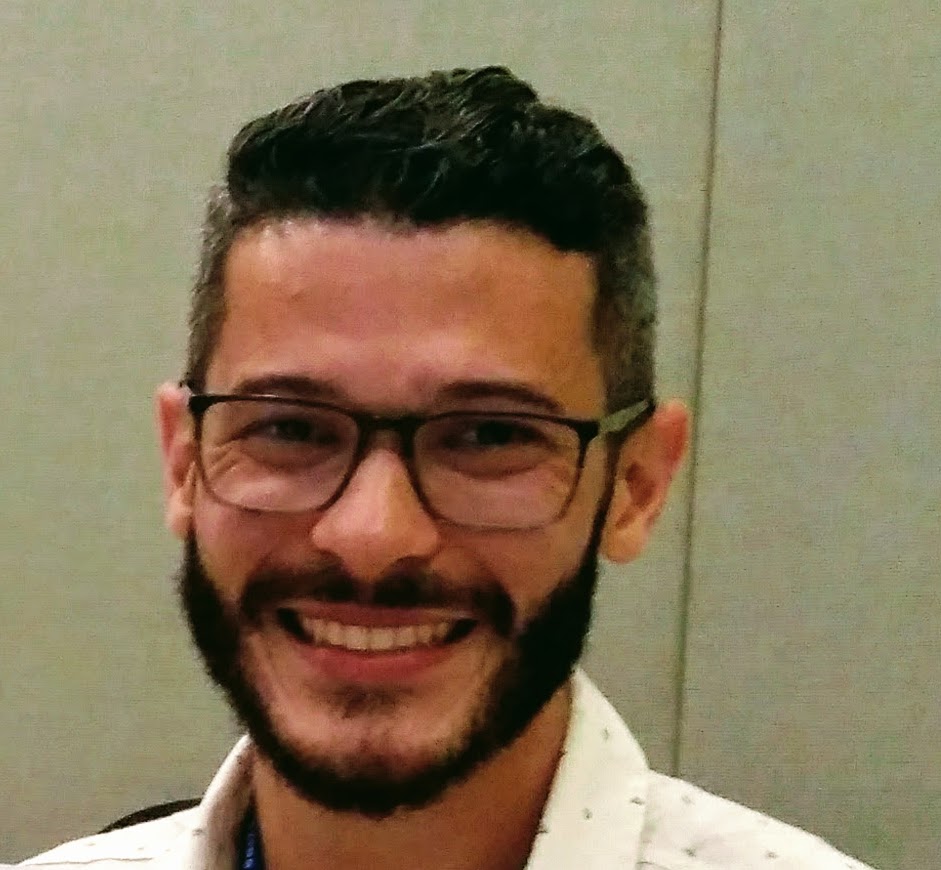Sharing Six Teaching Techniques – the first three
Hi!
This month I want to share with you three teaching techniques I recently got to know as I searched the Internet for innovation.
I wanted to provide more to my students. Although traditional teaching, with me in the lead role and students taking notes, is still important, I wanted to create affordances in class so that my students felt compelled to awaken their wish to learn.
Below I briefly refer to three of the six teaching techniques I learned about. The other three will be the topic of next month’s post.
1. Flipped Classroom (Inverting your class):
The Flipped Classroom Model involves encouraging students to prepare for the lesson before class. Thus, the class becomes place in which students elaborate on what they have already studied. They prepare the topic at home. The following class is dedicated to students posing their doubts on the topic and group debates, as everyone can respond to the issues that emerge. This way, students can go beyond their normal role, exploring their natural curiosity. More information, check: https://elearningindustry.com/flipped-classroom-2012-infographic
2. Design Thinking (Case Method):
This teaching technique relies on solving real-life cases through group analysis, brainstorming, innovation and creative ideas. “Design Thinking” is a structured method, but, in practice, it can be quite messy as some cases may have no possible solution.
Yet, the Case Method prepares students for the real world, arousing their curiosity and mobilizing their analytical skills and the use of creativity. This technique frequently used in MBA or MA classes to analyze real cases experienced by companies in the past. For more information, check: https://notosh.com/what-we-do/the-design-thinking-school/
Go to https://www.designthinkingforeducators.com/toolkit/ to download the free toolkit, if you wish.
3. Self-learning:
Curiosity is the main driver of learning. Thus, it is senseless to force students to memorize large quantities of information that they may not make sense of. Students should focus on exploring the areas that interest them and learn about them for themselves.
A famous example of self-learning that has been seen for more than two million people is outlined by Sugata Mitra, an Indian educator who has tested his ideas in India, Italy and South Africa. In his talk he shares that children, who did not know what the internet was, were capable of training themselves in multiple subjects with unexpected ease.
Access his talk at https://www.ted.com/talks/sugata_mitra_the_child_driven_education?language=es
A common technique for exploring self-learning is the use of Mind Maps. Teachers can create a central node on a Mind Map and allow students the freedom to expand and develop ideas. For example, if the focus is the Asking for a meal in Restaurant, some students may create Mind Maps on the language used, formulaic language or grammar and important vocabulary related to the topic. Later, students could be asked to collaborate with each other to improve each others’ Mind Maps and come to a more comprehensive understanding of the topic. Teacher can even evaluate students according to the Mind Maps they have created. More information, check: https://www.examtime.com/mind-maps/
That’s all for today! Next month – the other three…






